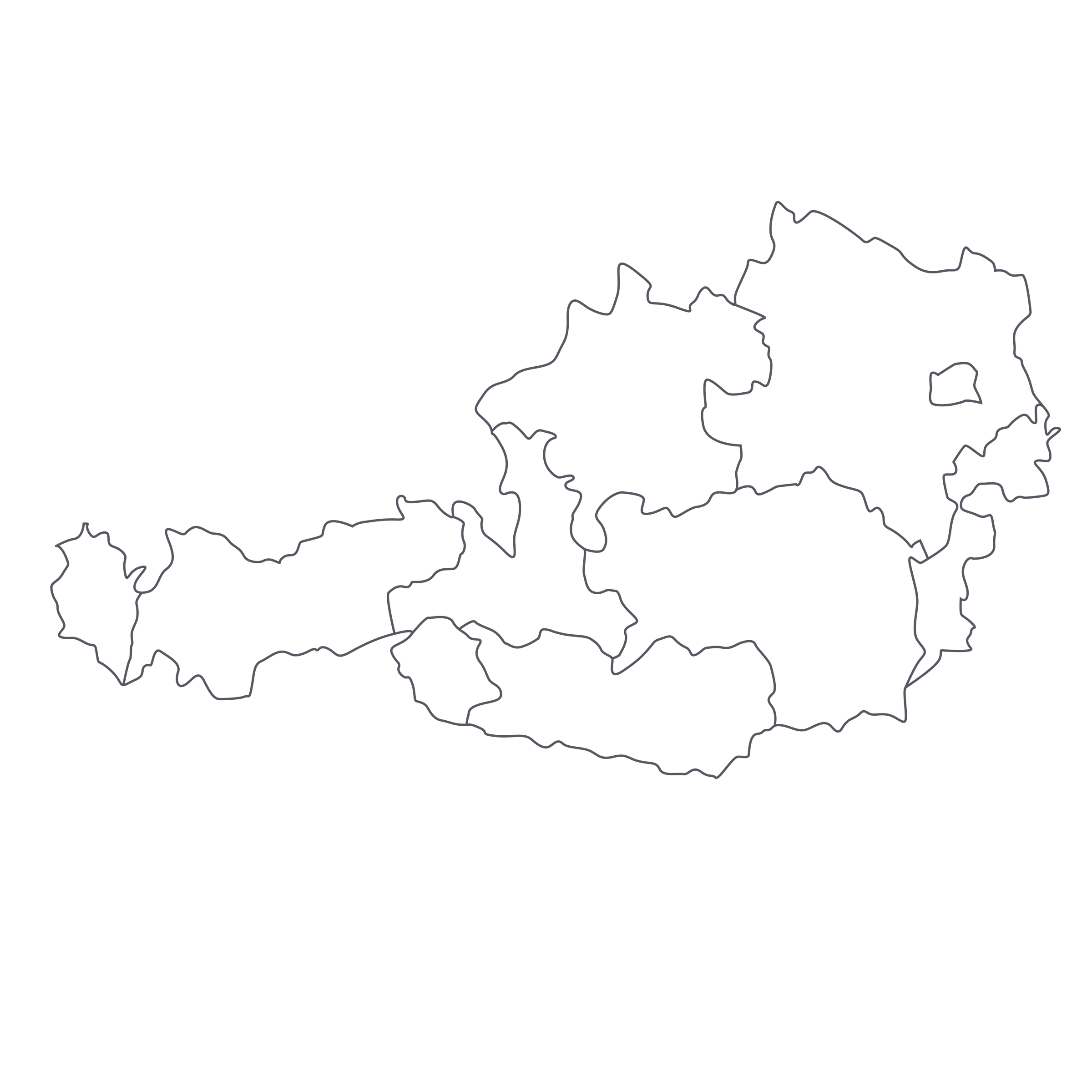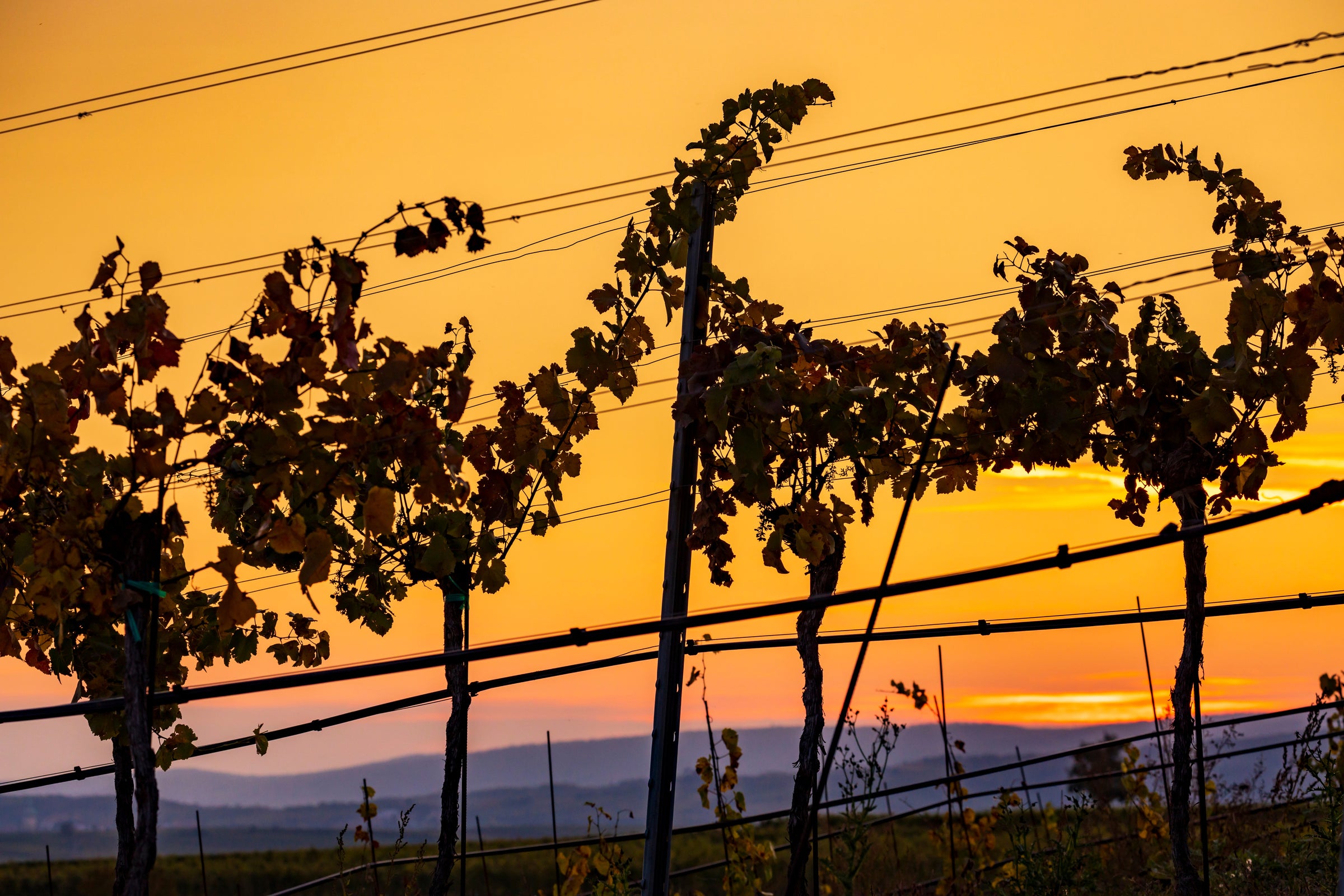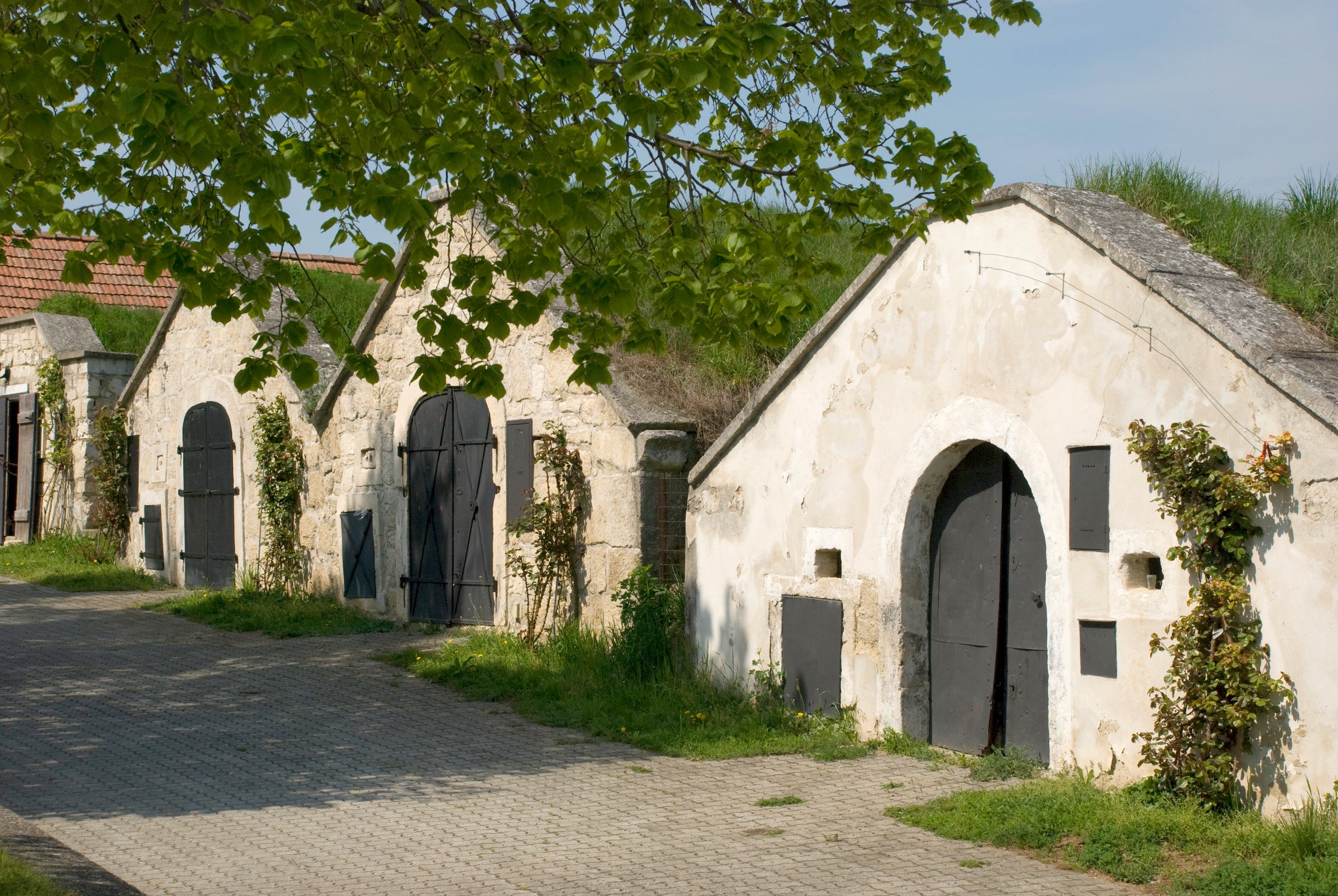When wines reach the Smaragd ripeness level, they can sometimes be heavy handed in texture while lacking acidity, but this example tempers the richness with ample freshness and concentration—it hits a harmonious sweet spot that is only possible in the very best vintages and in the hands of the very best winemakers. Everything's coming together for today’s wine: an amazing vineyard site, one of the best vintages of the century, a historical property, and a truly gifted vigneron. As you can imagine, only a very limited amount of this wine reaches the US shores each year and we are grateful for the opportunity to offer you one of the most incredible expressions of the Wachau.
Tegernseerhof’s roots stretch back almost a millennium; the winery was built in 1176 shortly after the Holy Roman Emperor, Henry II, granted the land to the Benedictine monastery of Tegernsee. The Mittelbachs are the current stewards of this land and have been for five generations. Martin Mittelbach is a traditionalist in the very best sense and his dedication and passion for the vineyards’ health is evident in the glass. Their almost impossibly steep, terraced vineyards left behind from the Romans requires a monumental level of dedication and are just another reminder that the land is precious and tradition is important here. Martin’s Höhereck vineyard, which appropriately translates to, “higher ground,” is one of the smallest and most treasured in the Wachau. Planted in 1951, this vineyard is blessed with Gföhler Gneiss soils and an ideally situated exposure that enjoys dramatic day and night shifts in temperature; these factors conspire to create immense minerality, tension and welcomed acidity to this beautifully concentrated Grüner.
For those of you less familiar with Austria’s Wachau appellation, it is nestled just an hour north of Vienna, perched above the Danube where it offers a dramatic vista of steep, terraced vineyards and a landscape akin to an ancient greek amphitheater, which consequently aided in garnering the Wachau its UNESCO World Heritage Site designation. Here in the Wachau there is a classification system that regulates all dry wines into one of three categories: Steinfeder, Federspiel and Smaragd. This term on the label refers to ripeness level of the grapes at the time of harvest. Steinfeder, translating to “stone feather,” is the lightest style, harvested with the least amount of brix (sugar in the grapes), which translates to a maximum of 11.5% alcohol when bottled. Federspiel, named for the traditional, local art of falconry, is the next ripeness level and enjoys more texture and richness at 11.5% to 12.5% alcohol at bottling. Today’s offer is Smaragd, which is the most serious and celebrated style. Smaragd translates to “emerald,” and is named for the local, green lizard that surfaces to eat the grapes when the ultimate ripeness level is achieved. Historically, this was when growers knew it was time to pick. The Smaragd level must attain a minimum of 12.5% alcohol but can reach as high as 15%. An incredibly rare treat, Tegernseerhof’s Smaragd delivers a wine of unparalleled concentration of flavor and density with the harmonious balance of freshness and focused minerality.
The 2013 Höhereck exhibits a concentrated light gold and yellow core with golden green reflections on the rim. The explosive aromatics on the nose yield unripe white peach pit, green apple core, green mango peel over more savory aromas of celery root, daikon radish, white pepper, honeysuckle, saffron and crushed rocks. The palate, medium-plus in body, delivers flavors so immensely complex and concentrated, it almost gives you whiplash. This sensory experience is not about ripeness of fruit, it is about concentration of fruit as well as the stunning savory components including lemon blossom, celery root, root vegetable, white pepper, pineapple core and inimitable finely crushed minerals of the special site the wine was derived from. This absolutely stunning wine sends an immense amount of information to your brain, which compels you to ponder the bottle over hours as the personality evolves. Ideally, open this wine and decant for an hour before serving with classic Austrian fare, although this wine can pair well with dozens of styles of food.
Tafelspitz (boiled beef) is one my all-time favorites.






